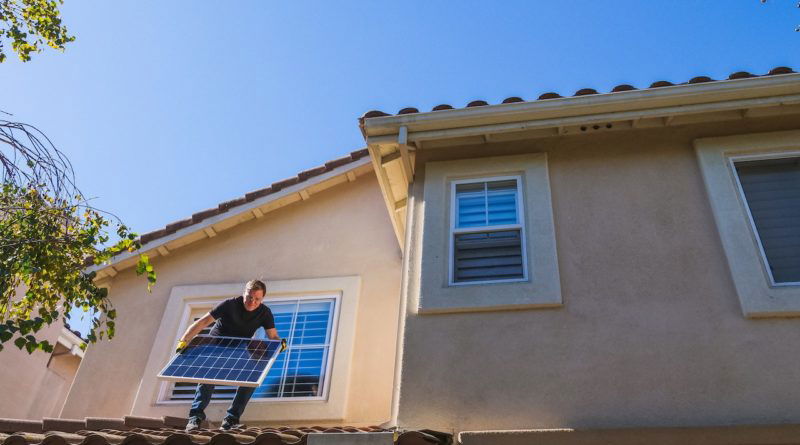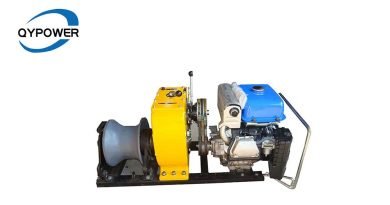Incorporating Renewable Energy in Your Eco-Friendly Home
Renewable energy is a critical component in the creation of an eco-friendly home. Harnessing power from renewable resources such as the sun, wind, and water significantly reduces reliance on fossil fuels, leading to a substantial decrease in carbon emissions. This transition not only contributes to a healthier environment but also results in considerable energy savings for homeowners.
In this article, we’ll discuss how you can incorporate renewable energy technology into your home. Whether it’s through installing solar panels or investing in a geothermal system, there are many options available for homeowners looking to reduce their carbon footprint and become more eco-friendly.
The Importance of Renewable Energy
Renewable energy is becoming increasingly important as the world continues to move towards a more sustainable future. From reducing greenhouse gas emissions to providing reliable, affordable electricity, renewable energy has numerous benefits for both homeowners and the planet.
By investing in renewable energy technology, homeowners can significantly reduce their environmental impact while also saving money on their utility bills. Additionally, utilizing renewable energy technology can help to stabilize the electric grid and reduce dependence on fossil fuels.
Types of Renewable Energy Technology
There are many types of renewable energy technologies available to homeowners looking to become more eco-friendly. Depending on budget, location, and preferences, homeowners can choose from a variety of options. Some of the most popular renewable energy technologies include:
- Solar – Installing solar panels is one of the most popular renewable energy technologies, allowing homeowners to convert the sun’s rays into electricity. Solar installation in Indiana has become increasingly popular due to its stable climate and abundant sunshine.
- Wind – Harnessing the power of wind allows homeowners to generate their own electricity without relying on the electric grid. Wind turbines are available for both residential and commercial applications, depending on the size of each property.
- Geothermal – Geothermal systems use energy from beneath the Earth’s surface to provide heating and cooling. Utilizing geothermal technology eliminates dependence on natural gas and reduces total energy consumption in the home.
- Micro Hydro – If your home is located near a river or stream, you may be able to take advantage of micro-hydro technology. This system uses energy from moving water to generate electricity and requires minimal maintenance.
Benefits of Utilizing Renewable Energy
Making the transition to renewable energy can have many benefits for both homeowners and the planet. Some of these include:
- Reduced Carbon Emissions – By replacing fossil fuels with renewable energy sources, homeowners can significantly reduce their carbon footprint. This helps to protect the environment and slow the effects of climate change.
- Cost Savings – Investing in renewable energy technology can result in substantial savings on utility bills. Over time, these costs will add up and make a noticeable difference in the total energy costs of a household.
- Energy Security – Utilizing renewable energy is an effective way to reduce dependence on the electric grid and ensure access to reliable electricity even during power outages.
- Increased Home Value – Installing renewable energy technology can increase the value of your home, making it more attractive to potential buyers in the future.
How to Incorporate Renewable Energy in Your Home
If you’re interested in incorporating renewable energy technology into your home, it’s important to understand the process. To begin, you should research the different types of renewable energy technology available and determine which one would be best suited for your budget and location. It’s also a good idea to speak with local experts and get their advice on the best option for your home.
Once you’ve chosen a renewable energy technology, it’s time to begin the installation process. This typically involves hiring a professional installer who can ensure that the system is installed correctly and safely. It may also require obtaining certain permits or certifications, depending on local laws and regulations.
Finally, once your renewable energy system is installed, it’s important to make sure that it is properly maintained and monitored. This includes regularly checking for any damage or malfunctions, as well as ensuring that the system is running at optimal efficiency. Doing so will help ensure that your renewable energy system continues to provide reliable power for years to come.
Renewable energy can be a great investment for homeowners looking to become more eco-friendly and reduce their environmental impact. With the right technology and a bit of planning, you can make the transition to renewable energy and enjoy all the benefits it has to offer.




